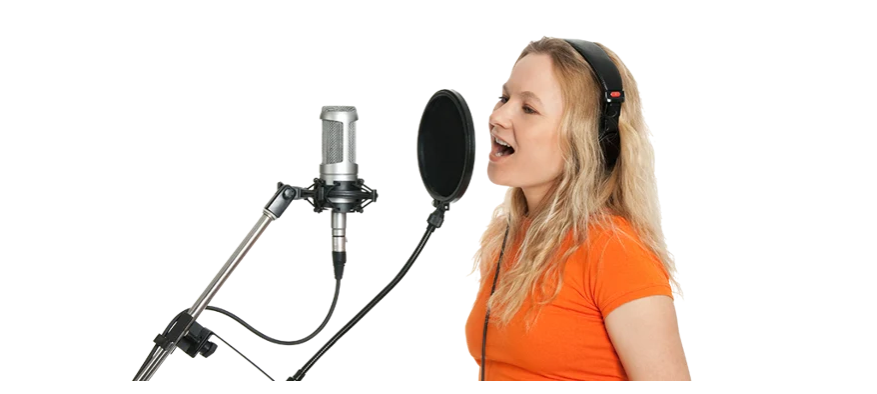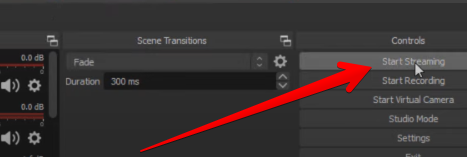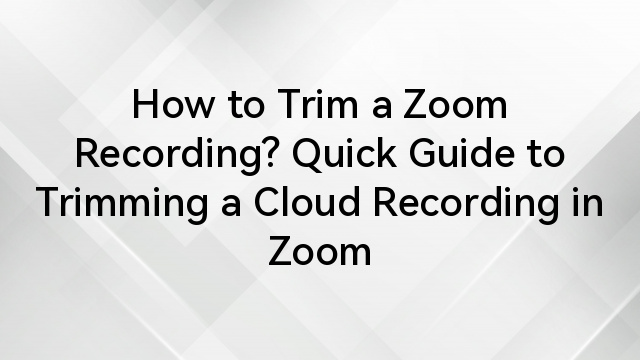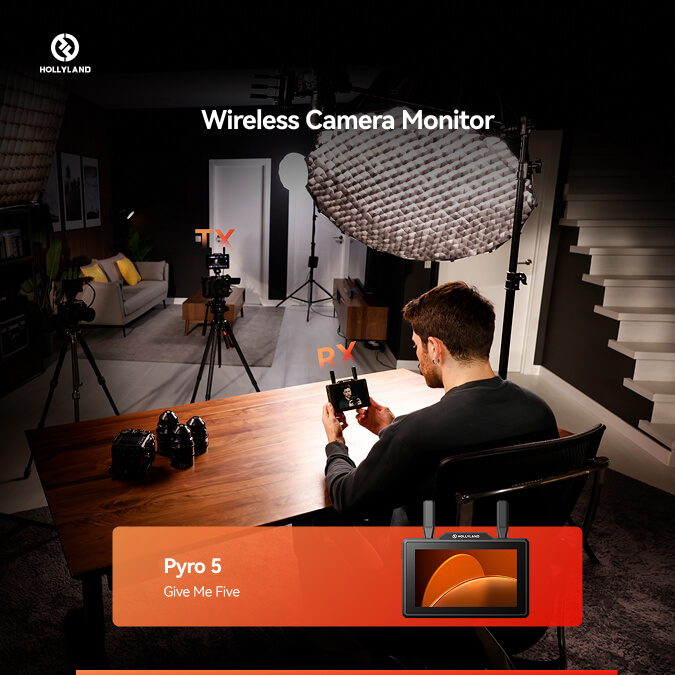Are you searching for the perfect dynamic microphone to make your recordings stand out? Whether you’re laying down tracks in a studio, producing a podcast, or capturing live performances, finding the right mic can be a game-changer. Dynamic microphones are celebrated for their durability, versatility, and their ability to handle high sound pressure levels without distortion. With countless options on the market, it can be overwhelming to choose the one that best suits your needs. Fear not, because we’ve compiled a list of the best dynamic microphones for recording to help you make an informed decision and bring your audio to life.
Choosing the best dynamic microphone for recording involves considering several key criteria to ensure you get the right tool for your needs. Here’s a simplified guide to the factors you should look at:
- Sound Quality: The primary factor is how well the microphone captures sound. Look for a clear, natural reproduction of vocals or instruments without distortion, even at high sound pressure levels.
- Durability: Dynamic microphones are known for their robustness. Select a microphone that can withstand the rigors of regular use and potential mishaps in a studio or live setting.
- Versatility: A good microphone should be versatile enough to handle various recording scenarios, whether you’re capturing loud instruments, soft vocals, or studio-quality podcasts.
- Frequency Response: This determines the range of sounds the microphone can pick up. Ensure it’s suitable for the type of recordings you’ll be doing—broader for a mix of instruments, narrower for specialized sounds.
- Polar Pattern: This describes how the microphone picks up sound from different directions. Most dynamic microphones have a cardioid pattern, which is great for isolating sound from the front and minimizing background noise.
- Impedance: Generally, low impedance microphones offer better quality over long cable runs and are preferred for professional recordings.
- Accessories and Connectivity: Look for microphones that come with useful accessories such as mounts and cases, and check their compatibility with your existing recording setup.
Weigh these factors to find the best dynamic microphone that matches your recording needs and budget. Now, let’s dive into the list of the best dynamic microphones for recording.
Please note that prices can fluctuate and vary between retailers and over time, so these should be used as a rough guide only.
| Feature | Shure SM7B | Electro-Voice RE20 | Sennheiser MD 421 II | Rode Procaster | Audio-Technica ATR2100x-USB |
|---|---|---|---|---|---|
| Price | $$$ | $$$$ | $$ | $$ | $ |
| Type | Dynamic Cardioid | Dynamic Cardioid | Dynamic Cardioid | Dynamic Cardioid | Dynamic Cardioid |
| Frequency Response | 50Hz – 20kHz | 45Hz – 18kHz | 30Hz – 17kHz | 75Hz – 18kHz | 50Hz – 15kHz |
| Impedance | 150 ohms | 150 ohms | 200 ohms | 320 ohms | XLR: 210 ohms; USB: N/A |
| Sensitivity | -59 dB | -56.5 dB | -2 mV/Pa (= -54 dBV) | -56.0dB re 1 Volt/Pascal | -55 dB (1.78 mV) re 1 V/Pa |
| Connector Type | XLR | XLR | XLR | XLR | XLR / USB |
| Built-in On/Off Switch | No | No | No | Yes | Yes (on USB connection) |
| Accessories Included | Windscreen, Mount | Mount | Microphone clamp | Mount, Pouch | Stand mount, USB cables |
| Special Features | Flat, wide-range frequency response; Internal “air suspension” shock isolation; Bass roll-off and mid-range emphasis (presence boost) controls | Variable-D design (minimizes proximity effect); Bass roll-off switch | Five position bass roll-off switch; Clear sound reproduction | Internal pop filter; Internal shock mounting; Designed for voice applications | Handheld dynamic; USB or XLR output; Headphone jack with volume control; No-latency monitoring |
Note: Prices are indicated with a sign system to provide a general idea where “$” indicates lower cost and “$$$$” indicates higher cost within this selection.
Keep in mind, the ‘best’ microphone for someone else might not be the best for you. When selecting a microphone, you should consider how you’re going to use it, for example whether for podcasting, vocals, or instruments. You should also think about your recording environment, as some microphones are better suited for studio conditions, while others are more forgiving in less-than-ideal settings. Always check the latest specifications and reviews for each microphone to ensure the product fits your recording needs and expectations.
Shure SM7B
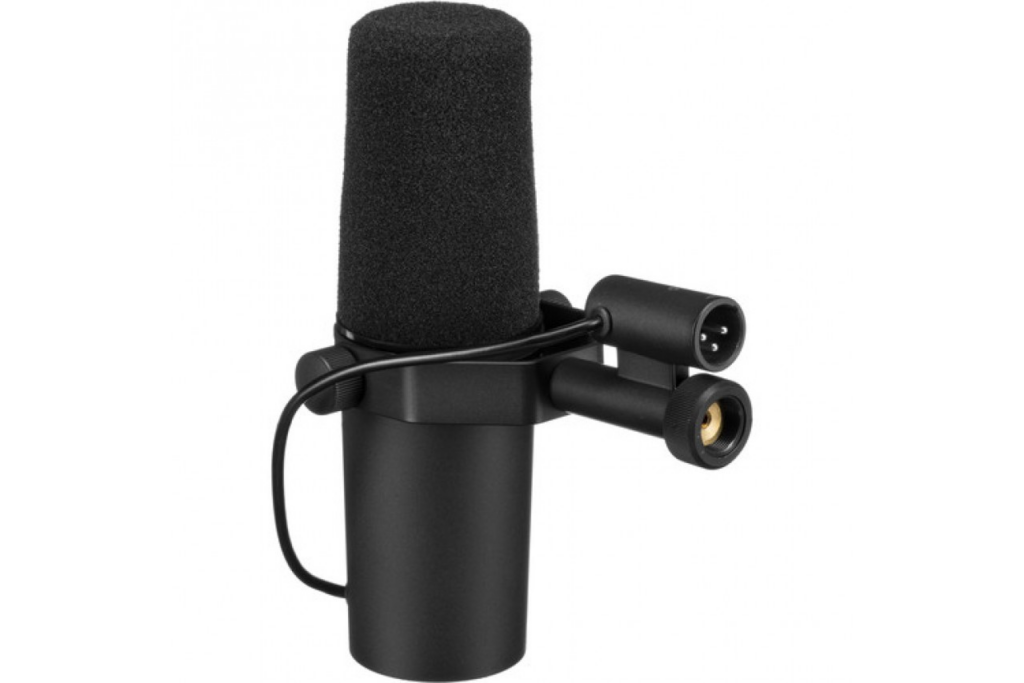
The Shure SM7B dynamic microphone is a studio icon and is often the go-to choice for recording vocals, podcasts, and voice-overs. My experience with the SM7B has been nothing short of exemplary. Its ability to capture warm, smooth vocals is unmatched in its class. Designed with a frequency response tailored for speech and vocals, the SM7B makes any voice sound radio-ready. Moreover, it’s incredibly forgiving when it comes to less-than-ideal room acoustics, thanks to its cardioid polar pattern that effectively rejects off-axis audio.
One of the things that makes the SM7B stand out is how it handles plosives and sibilance. It’s almost like having a built-in pop filter and de-esser, which means you spend less time fixing issues in post-production. The microphone’s built-in shock mount also minimizes the rumble and vibrations that could otherwise affect the recording.
While it’s a champion for vocals, it’s versatile enough to do a great job on instruments too—it’s particularly loved for recording guitar cabinets. But where it really shines is in its ability to make your voice the star of the show.
Specs
- Frequency Response: 50 Hz to 20 kHz
- Polar Pattern: Cardioid
- Output Impedance: 150 ohms
- Sensitivity: -59 dBV/Pa
- Electromagnetic Hum Sensitivity: Typically, 60 Hz to 10 kHz, <150 dB SPL
- Built-in Pop Filter and Detachable Windscreen
- Switchable Bass Roll-off and Mid-Range Emphasis (Presence Boost)
- Built-in Shock Mount
Pros:
- Superb sound quality that brings vocals to life with depth and clarity.
- Excellent at rejecting background noise and isolating the main sound source.
- The integrated pop filter and shock mount add incredible value and convenience.
- Quite durable and can withstand the rigors of studio use.
Cons:
- It does require a decent amount of gain, which might necessitate a good preamp or an inline gain booster.
- Some might find it on the heavier side, which could require a sturdy mic stand.
- Not the most budget-friendly option for hobbyists.
Price
As for the price, the Shure SM7B usually sits somewhere in the mid to high range of dynamic microphones, often costing around $400 USD, give or take. While this might seem steep for some, it’s important to consider the investment in terms of the professional-grade audio quality and durability it brings to the table. In my opinion, it’s worth every penny, especially if you’re serious about achieving top-notch vocal recordings.
Certainly! Let’s get into an in-depth review for the Electro-Voice RE20:
Electro-Voice RE20

The Electro-Voice RE20 is a staple in the broadcasting and recording industry, renowned for its ability to handle a variety of vocal tonalities with a smooth response and its rejection of unwanted room noise. It’s often the go-to microphone for radio stations and is also beloved by musicians and podcasters for its versatility and performance.
Overview:
Upon unboxing the Electro-Voice RE20, one immediately notices the heft and build quality of this microphone. Its solid construction exudes professionalism and durability. When put to the test, the RE20 showcases its signature “Variable-D” design which minimizes proximity effect – the excessive bass that can often occur when the sound source is too close to the mic.
This cardioid dynamic microphone delivers a flat, wide-range frequency response, making it adept for a myriad of recording scenarios, from voice-overs to kick drums, and even for use upon brass and woodwind instruments. It’s also equipped with an internal pop filter that curbs plosives and an internal shock mount that reduces the transmission of mechanical noise.
Vocals come through exceptionally clear, with a naturalness that can sometimes be lost in other dynamic mics, making minimal EQ adjustments necessary in post-production. The RE20 is not just solid in performance but consistent, providing a dependable benchmark quality for all levels of sound work.
Specs:
- Type: Dynamic cardioid
- Frequency Response: 45 Hz to 18 kHz
- Impedance: 150 ohms
- Connectivity: XLR
- Built-in pop filter and internal shock mount
- Variable-D for minimal proximity effect
Pros:
- Exceptionally smooth and flat frequency response for accurate sound reproduction.
- Superb off-axis noise rejection keeps recordings clean.
- The Variable-D technology greatly reduces proximity effect.
- Durable and reliable build, ensuring long-term use.
- Suits a variety of recording situations beyond just vocals, providing great value.
Cons:
- Its weight and size might be cumbersome for some setups.
- Higher price point compared to some other dynamic microphones.
- Requires a substantial amount of gain, which might necessitate a good preamp.
Price:
The Electro-Voice RE20 often falls within the mid-to-upper price tier for dynamic microphones. Its consistent performance and versatility justify the investment, especially for a professional studio setup or a broadcasting environment where clarity and reliability are paramount.
In my opinion, if your budget allows for it and you’re looking for a microphone that delivers professional broadcast quality sound with minimal hassle in post-production, then the Electro-Voice RE20 should definitely be top of your list. The initial investment more than pays off with the quality of recordings and the long-term reliability of this dynamic powerhouse.
Certainly! Let’s delve into the Sennheiser MD 421 II.
Sennheiser MD 421 II
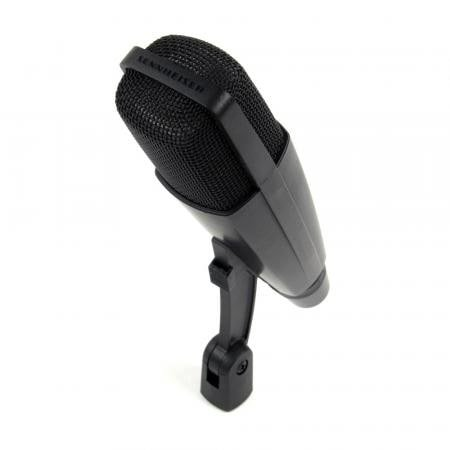
The Sennheiser MD 421 II is a dynamic microphone that carries a legacy of exceptional performance. Well-regarded for its versatility and durability, it stands as a favorite among various audio professionals for recording instruments, especially in capturing sounds from guitars, drums, and other impactful sound sources.
Overview:
The Sennheiser MD 421 II holds a special place in my heart for its rich history and robust design. Over the years, I’ve seen many dynamic microphones, but this workhorse has a distinctive flair – it’s like a chameleon, effortlessly adapting to various recording scenarios without making a fuss. From the get-go, its sleek, dark body and the iconic metallic basket grill give off a sense of professional tooling that won’t let you down.
On diving into its sound capabilities, I’m always impressed by the MD 421 II’s warmth and clarity. It captures the natural tone of instruments with a balanced response that’s not too harsh on the highs, nor muddy in the lows – a truly admirable balance that’s hard to find. Its effectiveness on loud sound sources also makes it a prime choice for anyone recording rock bands or capturing powerful sound effects.
Specs:
The MD 421 II comes equipped with a five-position bass roll-off switch, allowing you to tailor the mic’s frequency response to your liking, a feature not common in many dynamic microphones. It’s a testament to its versatility and a big plus in its design.
Pros:
- Exceptional sound quality with clear midrange and controlled bass.
- Highly versatile, suitable for both studio and live environments.
- Durable build, able to endure the rigors of regular use.
- Five-position bass roll-off switch brings extra control over the sound.
Cons:
- The clip design could be better; it’s not the most secure.
- On the pricier end for dynamic microphones, which could be a con for budget-conscious buyers.
Price:
Speaking of price, the Sennheiser MD 421 II usually hovers around a mid to high range in terms of cost for a dynamic microphone. It’s an investment, but given its performance and reliability, I’d argue it’s a worthy one for serious audio work.
In my opinion, the MD 421 II shines as a versatile and reliable tool in the audio industry. While not without its flaws, its reputation is well-earned, and its performance is hard to match – a true classic in the dynamic microphone category.
Rode Procaster Dynamic Microphone

The Rode Procaster proudly stands amongst its peers as a robust and dependable dynamic microphone, skillfully honed for the serious broadcaster or podcaster. It’s a microphone designed with the clarity of vocal reproduction in mind, ensuring that your recordings have a professional edge.
Overview
In my hands-on experience with the Rode Procaster, I have found it to be a standout for voice applications, particularly in environments where you don’t want to capture a lot of room noise. Its tight cardioid polar pattern focuses on sound sources directly in front of the microphone, which is ideal for a controlled studio setting or a home recording setup where unwanted noise can be an issue.
The build quality is impressive, with a heft to it that feels durable yet sleek. The internal pop filter does a decent job at minimizing plosives – those pesky ‘p’ and ‘b’ sounds that can cause abrupt bursts of air hitting the diaphragm – but for pristine audio, I’d still recommend an external pop filter. Another noticeable feature is the internal shock mounting which helps to reduce the mechanical noise transmitted through your mic stand or boom arm.
In terms of sound, the Procaster delivers a noticeably rich and warm output, which does wonders for the spoken word. Voice recordings cut through with clarity, and there’s a pleasing presence boost that can otherwise be difficult to achieve without post-production magic.
Specs
- Acoustic Principle: Dynamic
- Polar Pattern: Cardioid
- Frequency Range: 75Hz – 18kHz
- Output Connection: XLR
- Output Impedance: 320Ω
Pros:
- Tailored specifically for voice recording, offering crisp and clear audio capture.
- Excellent side noise rejection makes it ideal for untreated rooms.
- Internal shock mounting reduces handling noise without the need for an expensive external shock mount.
- Built-in pop filter provides an additional layer of plosive protection.
- Hefty, solid construction that feels like it’s built to last.
Cons:
- Requires a decent amount of gain, so a preamp or a good audio interface is needed to get the best out of it.
- Low-end roll-off is substantial, it could lead to a loss of warmth with certain voices or in certain applications.
- At 75Hz, the low-frequency response doesn’t reach as deep as some competitors, which could be a downside for those with a particularly deep voice.
Price
The Rode Procaster is a mid-range microphone, typically priced around $220-$250. Considering its specific design intentions and robust build, the Procaster presents significant value for anyone looking to upgrade their audio game without breaking the bank.
In conclusion, the Rode Procaster is a thoughtful investment for creators who are serious about achieving broadcast-quality voice recordings. It excels in delivering clear, punchy vocals while suppressing unwanted background noise, making it a solid contender in its class.
Audio-Technica ATR2100x-USB
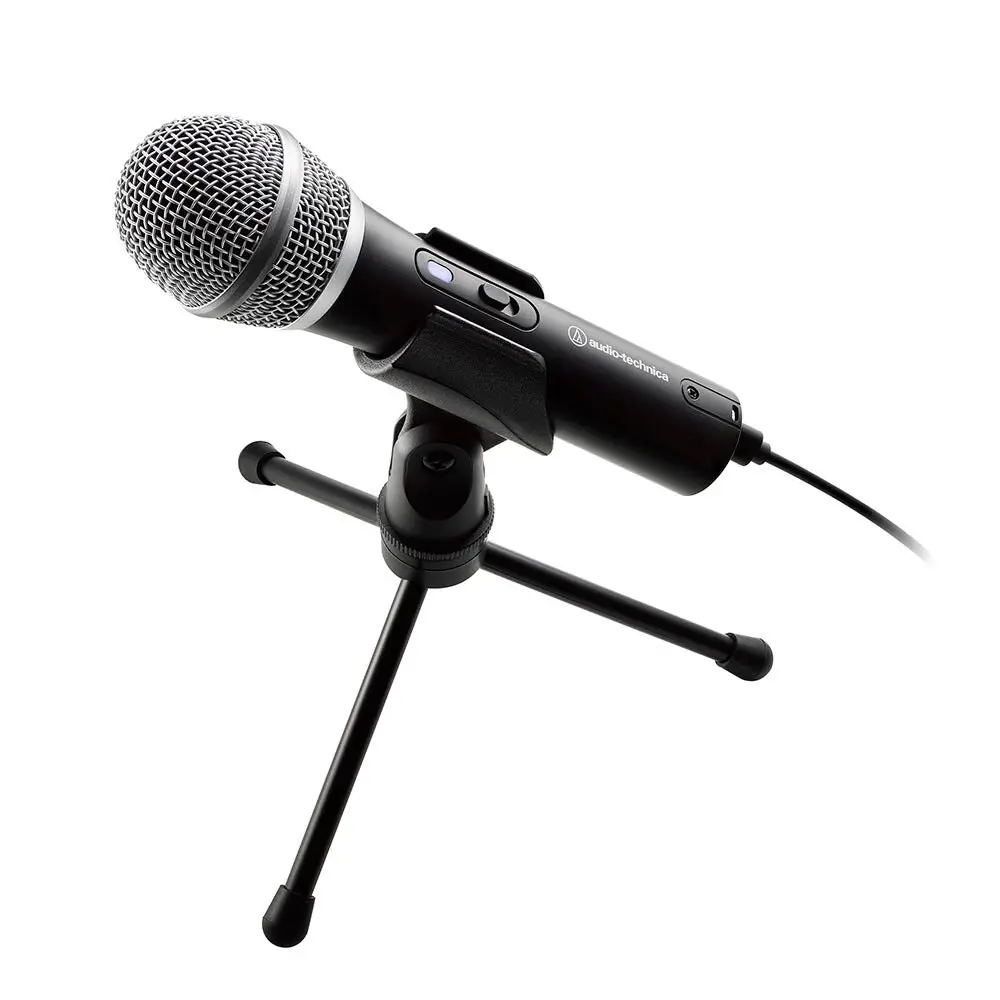
Overview:
The Audio-Technica ATR2100x-USB is a versatile and budget-friendly microphone that strikes a sweet harmony between quality and convenience. Tailored for both budding podcasters and seasoned vocalists, it sets itself apart with its dual USB/XLR output capabilities. Its handheld design and sturdy construction make it a reliable choice for on-the-go recording or in-studio sessions.
From my experience, what stands out about the ATR2100x-USB is its ease of use, especially when you’re dealing with a mix of different devices. Plugging it into a laptop through USB for a quick voice-over job yields impressive clarity for a mic at this price point, whereas the XLR connection gives you the flexibility for more professional setups. The cardioid polar pattern effectively reduces pickup of unwanted sounds from the sides and rear, which can be a blessing in less-than-ideal recording environments.
Specs:
- Microphone Type: Dynamic
- Polar Pattern: Cardioid
- Frequency Response: 50-15,000 Hz
- Output Connector: USB Type-C and XLR
- AD Converter: 24-bit, up to 192 kHz sampling rate
- Accessories Included: Stand clamp, tripod desk stand, and cables
Pros:
- The USB and XLR outputs add versatility, making it suitable for a wide array of audio setups.
- It’s plug-and-play with USB, meaning no need for external audio interfaces when connecting to a computer.
- The build quality is solid for a microphone at this price point, promising durability.
- Unusually good digital audio specs for a dynamic microphone.
Cons:
- The sound, while clear, may not be as warm or full as higher-end dynamic microphones.
- The ATR2100x-USB’s smaller diaphragm may not capture the same level of detail as larger broadcast dynamic mics.
- Some may find the on-mic controls and features a bit lacking compared to competitors.
Price:
The ATR2100x-USB remains an outstanding deal, usually found at under $100. This makes it a genuinely accessible option for anyone looking to step up their recording game without breaking the bank.
In summary, the Audio-Technica ATR2100x-USB brings to the table an excellent union of functionality, portability, and affordability. Whether for podcasting, musical endeavors, or daily Zoom calls, it covers most bases well, despite it not matching the sonic depths of a higher-tier dynamic microphone. It’s a jack-of-all-trades kind of mic – and, for many, that might be just what’s needed.
Conclusion:
Choosing the right dynamic microphone for your recording needs boils down to sound quality, durability, and budget. Whether you’re a podcaster, musician, or voice-over artist, there’s a perfect mic to capture your audio with clarity and warmth. These top contenders combine legendary performance with modern engineering to deliver professional results every time. Remember, the best microphone enhances your unique voice and fits seamlessly into your setup, so take your pick from our list and embark on a journey of exceptional sound recording.
FAQs:
- What makes dynamic microphones good for recording?
Dynamic microphones are ideal for recording because they’re robust, handle high sound pressure levels well, and are typically less sensitive to ambient noise, making them great for recording in various environments. - Do I need additional equipment to use a dynamic microphone?
You might need a stand, pop filter, and an audio interface or mixer to connect the microphone to your computer or recording device. Some dynamic microphones also require an XLR cable for connection. - Can dynamic microphones be used for both vocals and instruments?
Yes, dynamic microphones are versatile and can be used to record both vocals and instruments. They are especially favored for capturing loud sources like guitar amplifiers and drums.































.png)



